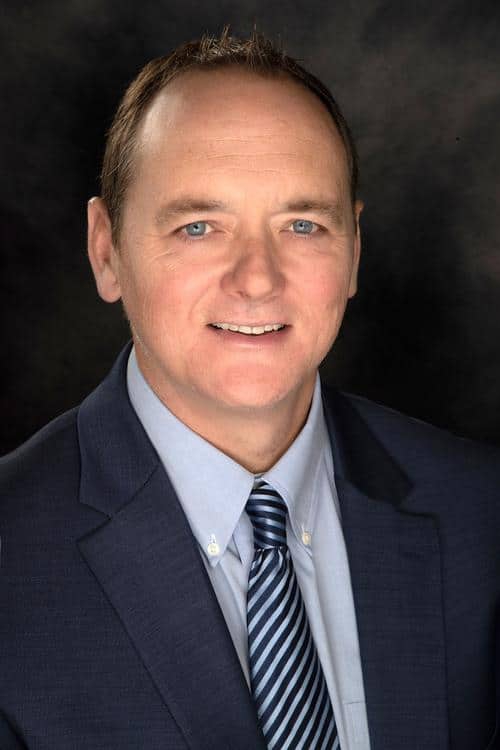Last Updated: 3/11/2025
When the neck undergoes a serious impact during a car accident, the bones and discs can become disjointed and damaged. Oftentimes, this type of injury requires a neck fusion surgery to rejoin the bones. The surgery can be effective, but the rehabilitation period is quite lengthy, not to mention financially crippling.
When Neck Fusion is Necessary after a Car Accident
Neck fusion surgery is a type of surgery that uses a variety of techniques to fuse bones back together. In a high impact collision, the spinal discs can become dislodged, and the disc material can burst out of the disc. When the bones and discs become misaligned, they can add significant pressure to the nerves and the spinal cord, causing a great amount of pain and discomfort.
Before fusing the bones together, other procedures may be performed first, such as:
- discectomy (removal of all or part of spinal disc);
- laminectomy (removal of lamina); or
- foraminotomy (widen area where nerves exit the spinal column).
These are decompression techniques designed to relieve pressure on the spinal cord. The joints may then be fused using a graft of bone which may require removing part of a bone from the pelvis. Other hardware may also be used to keep the bones from moving while the bone graft heals and can stand alone.
Rehabilitation after Surgery
Unfortunately, rehabilitation after neck fusion surgery is often both lengthy and expensive. Most people can expect least a three- to four-day hospital stay, but it can be much longer in some cases.
Sometimes, particularly with those who’ve underwent extensive surgeries or elderly patients, the doctors will recommend a stay in the rehabilitative unit before being released from the hospital.
Earliest healing may be visible in six weeks, and up until this point, the patient’s mobility is limited. More substantial healing may take three to four months, and the healing can continue up to one year or longer.
The financial expenses of neck fusion surgery and the subsequent rehabilitation can quickly add up. If the car accident was the result of someone else’s negligence, you can speak with an attorney about filing a claim for compensation to cover all the medical and recovery expenses.
Maximizing Rate of Healing Post-Surgery
The length of time it takes to heal after a neck fusion surgery depends upon a number of factors.
Orthopedics International offers several recommendations to speed the healing process along:
- change your dressings with sterile gauze once a day until your wound is completely dry (i.e., when there is absolutely no drainage on the dressings);
- eliminate smoking;
- eat healthily, making sure to include foods high in protein and vitamin C, which assist in healing;
- make sure your daily diet contains 1,000-1,500 mg of calcium daily to facilitate fusion;
- avoid excessive bending, twisting, pushing, or pulling; and
- stick to the doctor's orders regarding physical activity recommendations.
Possible Neck Fusion Surgery Complications
Neck fusion surgeries are susceptible to complications:
- extensive pain and suffering;
- rejection of bone graft;
- general anesthesia problems;
- abnormal bleeding;
- fusion failure;
- infection and blood clots; and
- increased injury to the surrounding nerves.
Recovering Damages in a Car Accident Claim in Des Moines
Victims of accidents requiring this or other surgeries may be eligible to recover compensation for injuries if the other party was at fault for the accident. This requires providing evidence of not only the other party's negligence and fault for the accident, but also evidence of damages sustained.
To learn about your legal options and for help filing the claim and collecting proper evidence, contact Walker, Billingsley & Bair for a free consultation today at (888) 435-9886.


